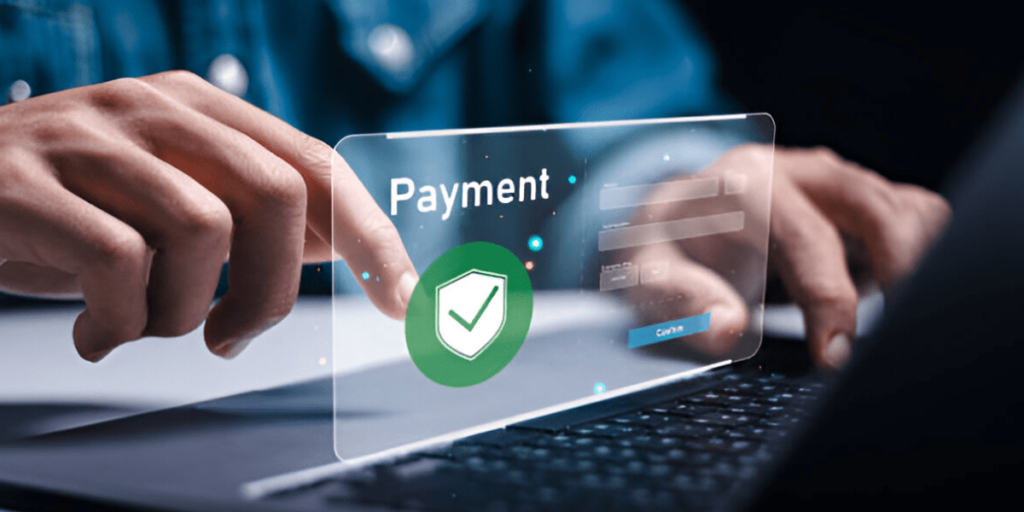Sales funnel optimization is a critical component for any business striving to convert leads into customers efficiently and consistently. The sales funnel represents the journey potential customers take from initial awareness of your brand to the final decision to purchase your product or service. Optimizing this process helps businesses eliminate bottlenecks, improve user experience, and ultimately drive more conversions. Whether you are just starting to build your sales funnel or are looking to fine-tune an existing one, these techniques will help you create a more effective and profitable sales process.
Understanding the Sales Funnel Stages
The first step in optimizing your sales funnel is understanding its stages. Typically, a sales funnel is divided into four key stages: awareness, interest, decision, and action. In the awareness stage, potential customers become aware of your product or service through various channels like social media, paid ads, or content marketing. The interest stage sees prospects researching and engaging with your brand. During the decision stage, prospects weigh their options and may begin considering different products or services. Finally, in the action stage, prospects convert into paying customers. Knowing where your prospects are in the funnel helps you create tailored content and experiences that move them along.
Identifying and Eliminating Bottlenecks
Bottlenecks in the sales funnel can significantly hinder your conversion rates. A bottleneck occurs when prospects get stuck in one stage and are unable to move forward in their buying journey. For example, if many leads are dropping off after the interest stage but before the decision stage, it may indicate that your product is not sufficiently differentiated from competitors or your messaging is unclear. Identifying these bottlenecks through analytics and customer feedback is crucial for making data-driven decisions on how to address these issues. Once you pinpoint the problem areas, you can make adjustments, whether it’s optimizing your landing pages, refining your calls-to-action, or improving the overall customer experience.
Improving Lead Capture and Nurturing
Optimizing your sales funnel begins with effective lead capture. The earlier you can capture leads’ attention and contact details, the more opportunity you have to nurture and convert them. Using lead magnets like eBooks, webinars, or free trials is a great way to collect information from prospects. But capturing the lead is just the beginning. Lead nurturing is essential to keep prospects engaged and guide them through the funnel. You can do this by sending personalized follow-up emails, offering educational content, and providing answers to their questions. By adding value at every step, you establish trust and keep your leads moving toward the decision stage.
Creating High-Converting Landing Pages
Landing pages are key components of your sales funnel, as they often serve as the first point of contact between you and your potential customers. To optimize your sales funnel, you must ensure that your landing pages are designed to convert. This means clear, compelling messaging, a concise value proposition, and a strong call-to-action (CTA). The page should be simple, easy to navigate, and visually appealing, with no distractions that could prevent a visitor from completing the desired action. A/B testing is a great way to refine your landing pages, allowing you to experiment with different headlines, CTAs, and designs to see which version leads to higher conversions.
Personalizing the Buyer’s Journey
Sales funnel optimization thrives on personalization. Every customer is unique, and treating them as such during their buying journey can increase the likelihood of conversion. Personalization can be achieved by segmenting your audience based on various criteria, such as demographics, behavior, or purchase history. By tailoring your messaging and offers to each segment, you create a more engaging and relevant experience. For example, sending a specific email with a product recommendation based on previous behavior or offering a personalized discount to a customer who has shown interest in a product but hasn’t made a purchase yet can significantly improve conversion rates.
Leveraging Marketing Automation

One of the most effective tools for optimizing your sales funnel is marketing automation. Automation allows you to streamline repetitive tasks, such as sending follow-up emails, nurturing leads, and scoring prospects. With automation, you can set up workflows that automatically engage with leads based on their actions or stage in the funnel. For instance, you could create an email sequence that’s triggered when someone downloads a lead magnet or visits a particular page on your website. This allows you to deliver timely and relevant content, ensuring that prospects are consistently guided through the funnel without the need for constant manual intervention.
Optimizing for Mobile Conversions
In today’s digital age, optimizing your sales funnel for mobile users is essential. With the majority of people browsing the internet and making purchases on their smartphones, ensuring that your funnel is mobile-friendly can significantly boost your conversion rates. From mobile-optimized landing pages and emails to a seamless checkout process, every step of the funnel should be easy to navigate on mobile devices. Simple, responsive design and fast load times are critical to preventing potential customers from abandoning the process due to frustration or difficulty navigating your site on mobile.
Building Trust and Credibility
Trust is a critical factor in the sales funnel, especially when it comes to converting prospects into customers. To optimize your sales funnel, you must focus on building trust and credibility at each stage of the journey. This can be done through social proof, such as displaying customer reviews, testimonials, and case studies that demonstrate the value of your product or service. Offering guarantees or a clear return policy also helps reduce any hesitation or doubts that prospects might have. By showing your prospects that others have had positive experiences with your brand, you increase the likelihood that they will trust you and move forward with their purchase.
Using Data to Refine Your Funnel
Sales funnel optimization is an ongoing process, and data plays a critical role in making informed decisions. Tracking key metrics such as conversion rates, time spent at each stage, bounce rates, and customer behavior provides invaluable insights into what’s working and what’s not. By analyzing this data, you can identify patterns, trends, and areas for improvement. For example, if you notice a high drop-off rate on a specific step in the funnel, you can focus your efforts on improving that stage. Continuously testing and refining your approach based on real-time data ensures that your sales funnel remains efficient and effective.
A/B Testing for Continuous Improvement
A/B testing is an essential tactic for sales funnel optimization. It allows you to experiment with different variations of your landing pages, emails, ads, and other elements within the funnel to determine which version performs best. By testing elements like headlines, CTAs, visuals, and messaging, you can make data-driven decisions that lead to improved conversion rates. Even small tweaks, such as changing the color of a CTA button or adjusting the wording in a subject line, can have a significant impact on your funnel’s effectiveness. Regular A/B testing ensures that your funnel remains optimized and keeps pace with changing consumer preferences.
Integrating Sales and Marketing Teams
To fully optimize your sales funnel, alignment between your sales and marketing teams is crucial. Both departments should work closely together to ensure that leads are being effectively nurtured and handed off to sales at the right moment. Sales teams can provide valuable feedback on lead quality, while marketing teams can refine lead generation strategies based on this input. Regular communication and collaboration ensure that the handoff between marketing and sales is seamless and that no potential customer slips through the cracks.
Conclusion
Sales funnel optimization is an essential practice for any business looking to increase conversions and drive sustainable growth. By identifying bottlenecks, improving lead capture, creating high-converting landing pages, and personalizing the customer experience, you can build a more efficient and effective funnel. Incorporating automation, using data-driven insights, and testing regularly further enhances your efforts, ensuring that every stage of the funnel is optimized for maximum results. With a well-optimized sales funnel, businesses can turn prospects into loyal customers while boosting their overall sales performance.
















